The Wrong Side of the Tracks
School Tracking
A hot topic in schools today is tracking: grouping kids into separate curriculum tracks based on their academic test scores. The primary way it is practiced in public schools in the U.S. is by grouping students into 3 tiers: advanced, grade-level, and remedial. The advanced students, whom we often called “gifted,” get a special accelerated curriculum, the grade-level students get the grade-level curriculum, and the remedial students get a below-average curriculum (and some of these students are pulled out of mainstream classes for classes that provide them special needs curriculum).
Yet as hotly debated as it is, tracking is not new. In Rethinking Intelligence, I write about litigation around tracking that kicked off in the 1960s and continued on through the late 20th century. In each case, school systems were found to be inordinately tracking students of color for remedial and special needs curricula. Though the courts deemed these applications racist, they did not eliminate tracking. Instead, they said schools had to do better for the specific population under consideration. As a result, tracking is still, over half a century, later the governing paradigm for our schools.
No surprises here, but I’m very critical of tracking. I maintain that any policy that works against the most vulnerable students in our systems—students of color attending grossly underfunded schools—should be abolished. I posted some videos on TikTok this week to this end and got mixed reviews. Some were like, “Hallelujah!” and others were like, “…don’t trust researchers to know what it’s really like for teachers on the ground.” My interpretation of this discord is that some educators worry that detracking will make a difficult situation worse. For some, tracking is the best way to cope because everyone is so stressed and so strapped for time.
$chool $olutions
“We need to make this the basic premise of public education too, so that it is not just privileged youth who get the best we have to offer. We need to eliminate the track so that no one ends up on the “wrong side” of the tracks.”
In a sense, all those debating tracking are right. We need to do better for our students, and detracking will be a crucial step in protecting the interests and futures of our kids. At the same time, we need to retrofit our economics to support the new system, especially for the teachers who will be on the frontlines, otherwise, it simply won’t work. The bottom line totally matters, and it must be worked out in conjunction with the new paradigm.
Still, acknowledging that this is in part an economic question in no way means we should opt for the cheapest solution, a.k.a. maintaining the status quo. In determining policy, especially that which applies to our youth, I like to do a thought experiment. I ask: what is the opposite of the status quo? And why is that option so expensive? And since that other option surely exists out there in the world, I further ask: Who presently gets to choose that solution? What are they experiencing in their education? What has this done for their academic and life chances?
When we look at the answers to these questions, we see that maintaining the status quo of tracking is the opposite of the best of all choices—giving each student an individualized, tailored-to-them education based on the belief that they will eventually achieve greatness. This is literally what people choose for their kids when money is not an issue, and to get it, you have to leave public schooling. We need to make this the basic premise of public education too, so that it is not just privileged youth who get the best we have to offer. We need to eliminate the track so that no one ends up on the “wrong side” of the tracks.

